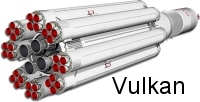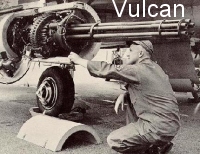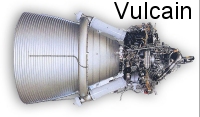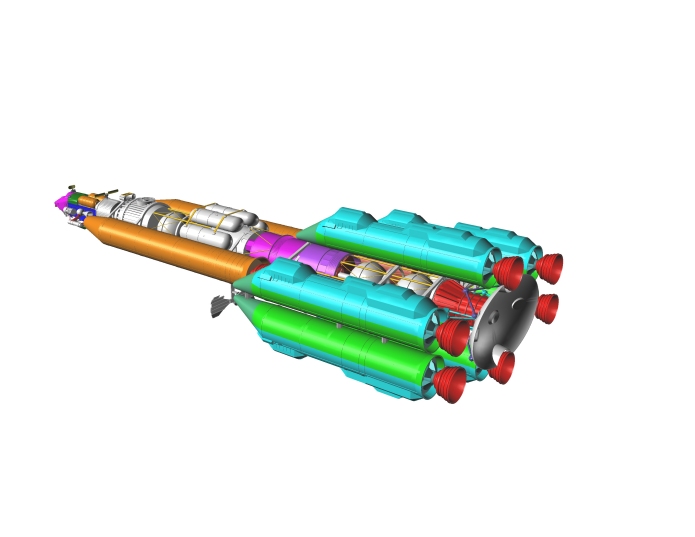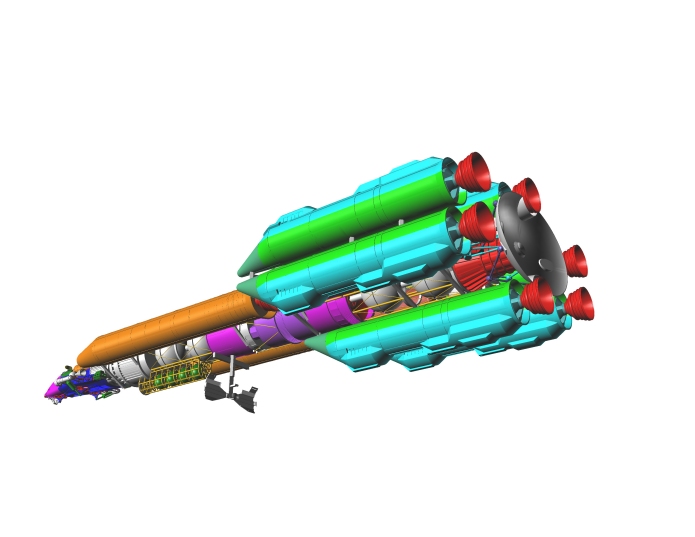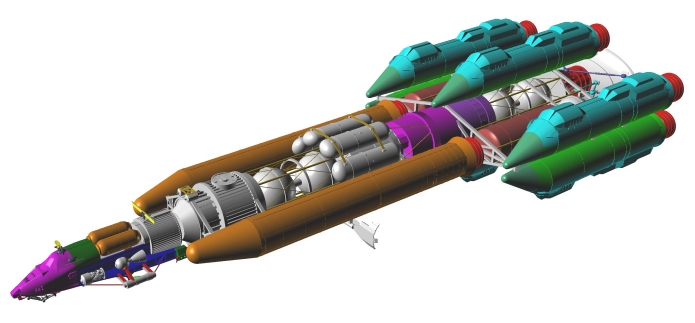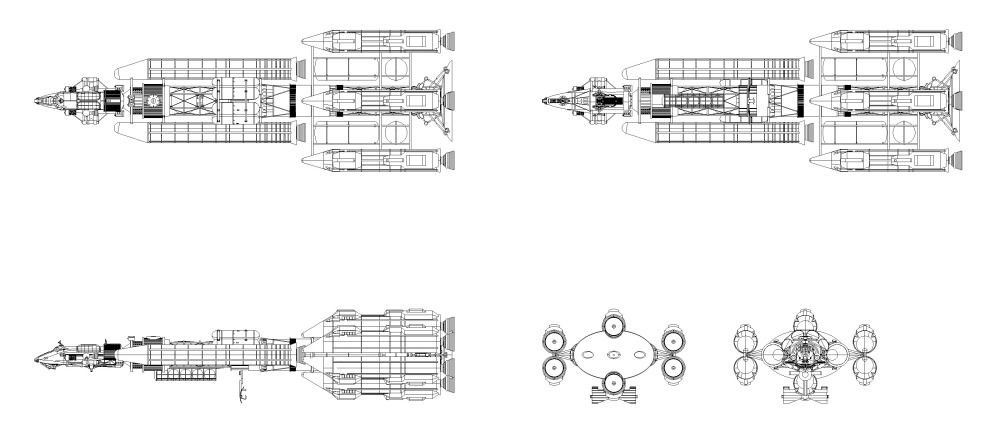I’m still skeptical, but testing is testing:
New Test Suggests NASA’s “Impossible” EM Drive Will Work In Space
The electromagnetic drive works – if it works – by rattling microwaves around inside a metal can. Through the magic of… well, magic, I guess, the vanishingly tiny thrust developed by the microwaves as a pure photon rocket gets magnified into a measurable but still tiny level of thrust. How does this happen?
[T]he EM Drive’s thrust was due to the Quantum Vacuum (the quantum state with the lowest possible energy) behaving like propellant ions behave in a MagnetoHydroDynamics drive (a method electrifying propellant and then directing it with magnetic fields to push a spacecraft in the opposite direction) for spacecraft propulsion.
Whenever anyone starts yammering about quantum this or that or harnessing the vacuum, I have flashbacks to Deepak Chopra and start tuning them out. Still, NASA Eagleworks at Johnson Space Center is not known for a whole lot of crackpottery, so *maybe* they’ve stumbled across something. Or maybe they’re working on the newest Dean Drive.
Electromagnetics ain’t my schtick, so all I can say is that whenever anyone else has thought that they were getting a free lunch out of the universe, they found out that such a thing don’t happen. Superluminal neutrinos, anyone?



